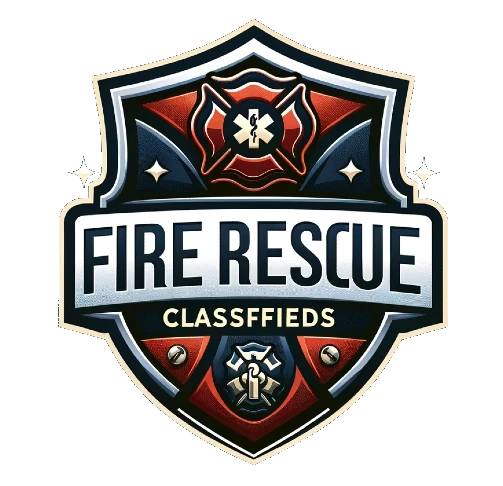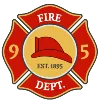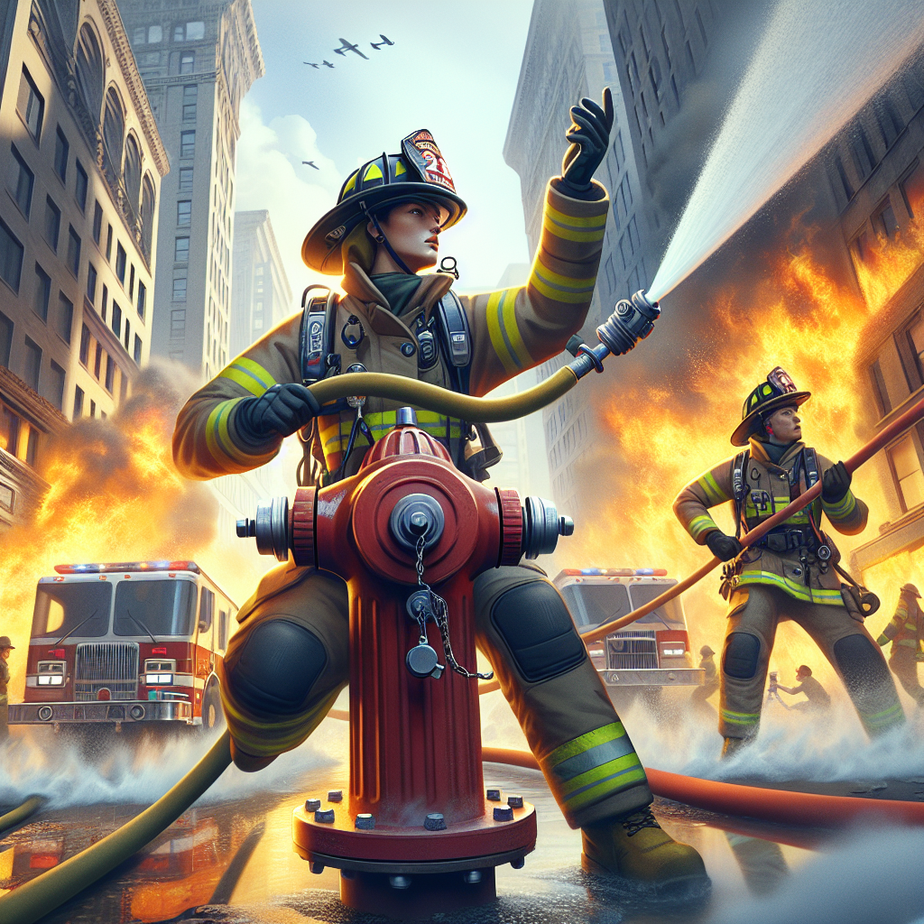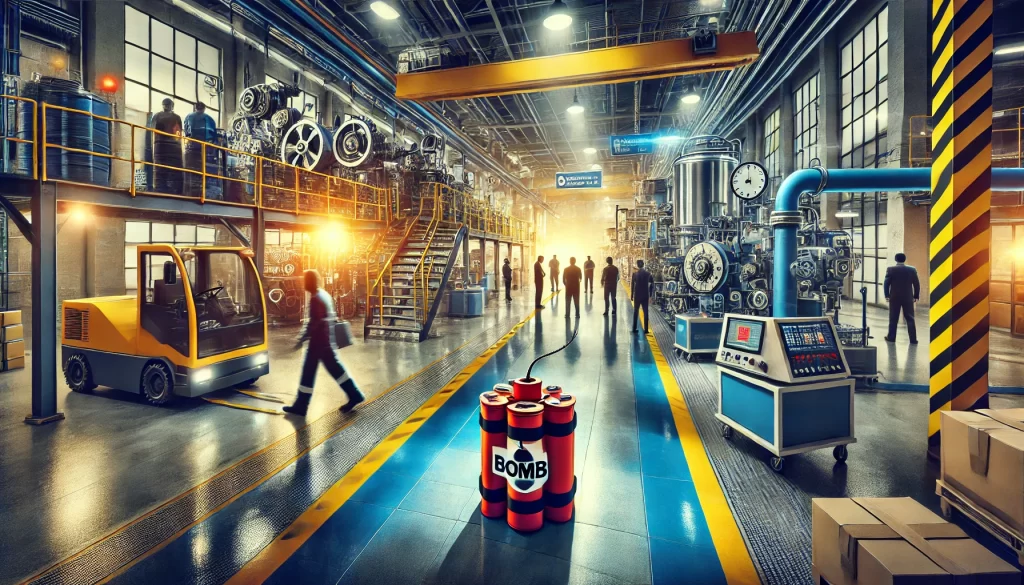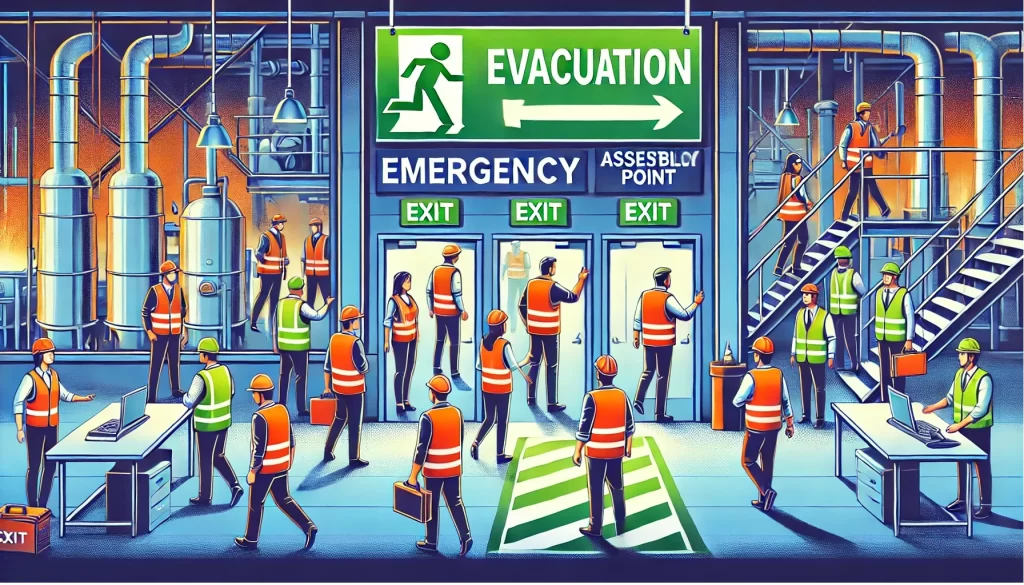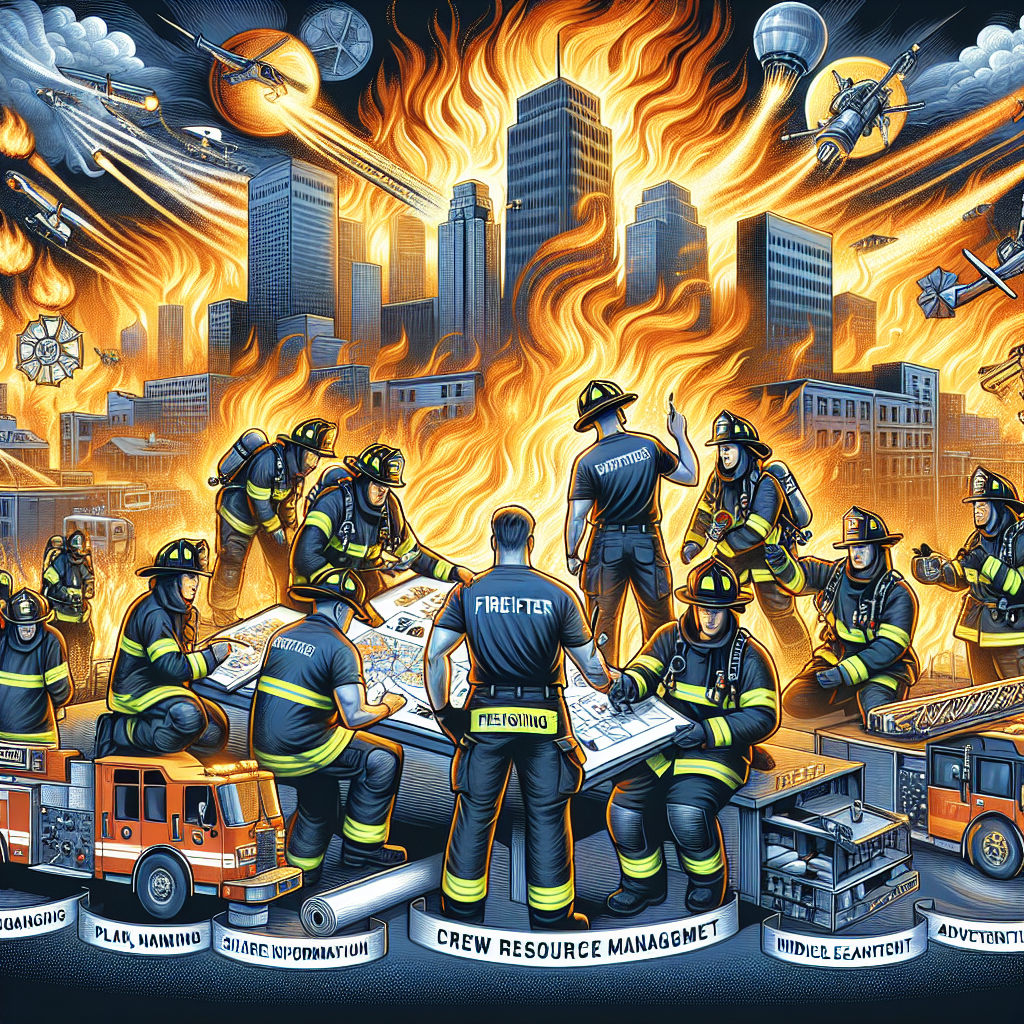Now Reading: Essential Guide to Fire Extinguishers and Their Uses for Maximum Safety
-
01
Essential Guide to Fire Extinguishers and Their Uses for Maximum Safety
Essential Guide to Fire Extinguishers and Their Uses for Maximum Safety
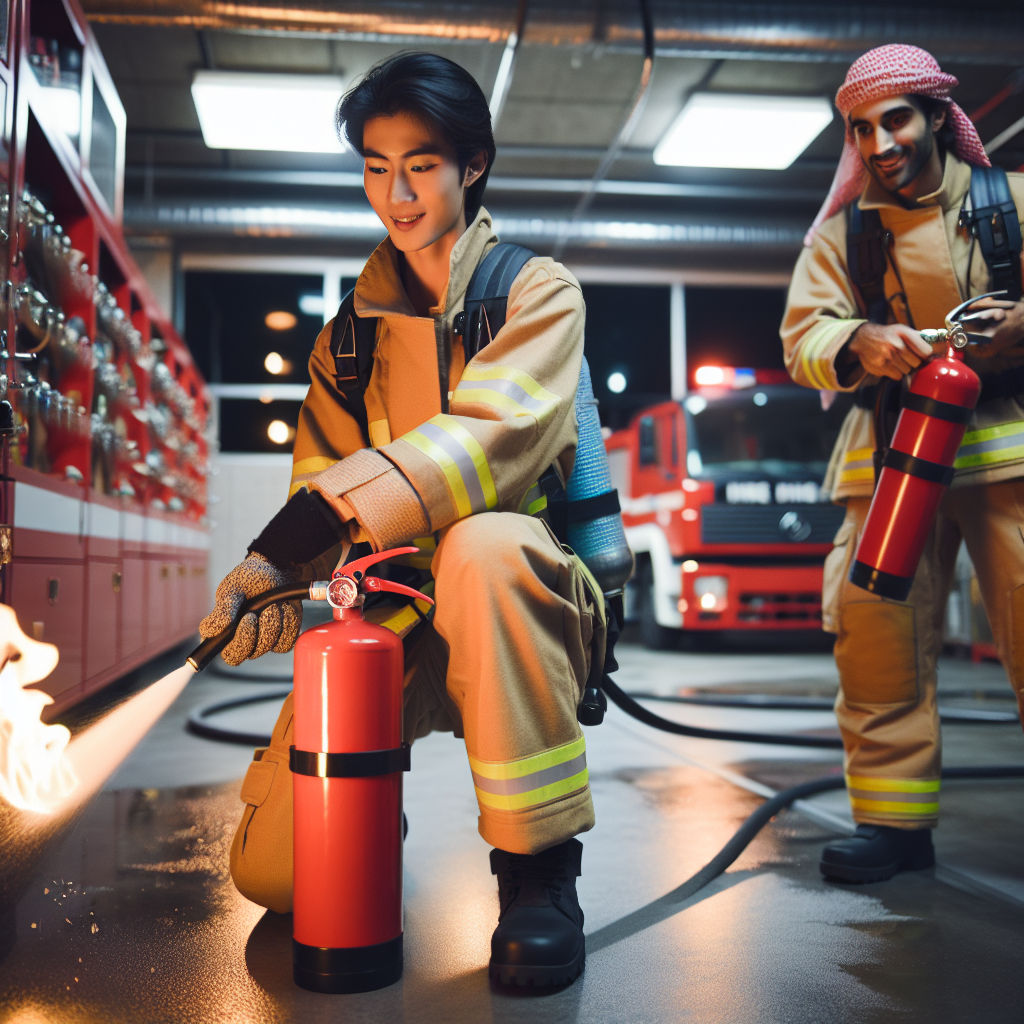
🔥 1. Understanding Fire Extinguishers Types.
Imagine this: you’re standing in your kitchen, and suddenly, your pan of bacon catches fire. Do you grab the nearest extinguisher, point, and spray? Not so fast! Using the wrong fire extinguisher could make things worse. In Australia, like elsewhere, fire extinguishers come in several types designed for specific kinds of fires. Here’s the scoop:
- Class A: Good ol’ wood, paper, fabric—anything solid and non-metal that turns to ash. These fires are common and straightforward to put out with water-based extinguishers.
- Class B: Flammable liquids like petrol, oils, and alcohol. Water won’t save the day here (unless you want to spread the fire); instead, go for foam or dry powder extinguishers.
- Class C: Think gases like butane or propane. This calls for dry powder, which is an Aussie BBQ saver if ever there was one.
- Class D: Metal fires—aluminium, magnesium, etc. Thankfully, it’s rare, and most Aussies are unlikely to encounter this unless they work in specialised industries.
- Class F: Cooking oils and fats are crowning members of this category. Turn off the Shane Warne replays and use a wet chemical extinguisher to smother that cheeky kitchen blaze.
- Electrical Fires (technically not a “class”): These involve electrical equipment like cords and appliances. Always turn off the electricity first (if safe to do so) before using CO2 or dry powder extinguishers.
💡 Tip: If memory fails you like an Aussie cricket team on a bad day, remember this rhyme: “A for ash, B for boiling, C for combustion, D for drills, F for fat.”
🧯 2. Knowing Where to Place Your Extinguishers
Would a fire extinguisher be helpful in a shed tucked behind thirty bales of hay? Absolutely not. Placement matters more than you think. For example:
- Kitchens are hotspot central, so position a fire extinguisher nearby but not so close that you can’t reach it if a fire starts.
- Workshops and garages: Keep one here too, especially with all the flammable chemicals and petrol likely lurking about.
- Businesses: By Aussie law, workplaces must have accessible extinguishers. If you run a home business in, say, your shed, make sure you’re protected.
🚩 Red flag: Don’t stash them where they’re difficult to reach or behind a “No worries, mate” attitude. Fires wait for no one.
🌟 3. Learning How to Use Fire Extinguishers (The Aussie Handy How-To)
Now let’s be real: do you actually know how to use a fire extinguisher? It’s simple when you follow Australia’s golden rule: PASS.
- Pull the pin. (No, it’s not a party popper.)
- Aim the nozzle at the base of the fire. You’re attacking the heart of the ordeal, not the flames whipping up top like some overcooked snag.
- Squeeze the handle to release the extinguishing agent.
- Sweep side to side, aiming consistently at the base until the flames surrender.
Remember, mates, fire extinguishers are only for small fires you can control. If it’s a roaring bushy, channel your inner Steve Irwin and back away to safety before calling 000.
🔍 4. Regular Maintenance & Testing Saves Lives
Australia’s tough environment takes a toll on everything, and your fire extinguishers are no exception. Whether they’re baking under the blistering Outback sun or collecting dust in a humid Queensland shed, extinguishers need love too.
- Visual checks: Once a month, glance at the pressure gauge—it should always sit in the green zone.
- Professional service: Every six months, have your extinguishers checked by a qualified technician.
- Replacement: If used or damaged, replace them ASAP. They’re not secondhand utes; they need to be reliable every time.
🛠️ Bonus Fact: Aussie businesses are legally required to comply with Australian Standard AS1851, which includes regular extinguisher testing.
😳 5. Human Know-How: The Ultimate Firefighting Tool
Even with the right fire extinguisher at your side, your best asset in an emergency is still you. Confidence and preparedness save lives.
- Train your family and team: Have a cheeky practice session (without actual fire involved) using a dummy extinguisher. Educating yourself and others will make reacting second nature.
- Know your limits: If you’re unsure whether to fight or flee, remember this: fighting a fire is a gamble, and conditions can change as fast as Melbourne weather.
- Respect the power of fire: Fires are unpredictable, ruthless, and unforgiving. Whether you’re in an inner-city apartment or a farm out in the bush, treat every fire alarm seriously.
🤔 Why Should Aussies Care About this Firefighting Know-How?
Australia is home to some of the most inhospitable conditions known to man. From bushfires to freak electrical mishaps, being prepared isn’t just useful; it’s essential. Fire extinguishers are a big part of that preparedness, but they’re only as effective as the person using them.
So, mate, the next time you’re in Bunnings picking up your snag and tools, consider grabbing yourself or your business a reliable fire extinguisher. And if you already have one, check to make sure it’s up to standard. Your safety, and maybe your bacon, depends on it. 🦘
